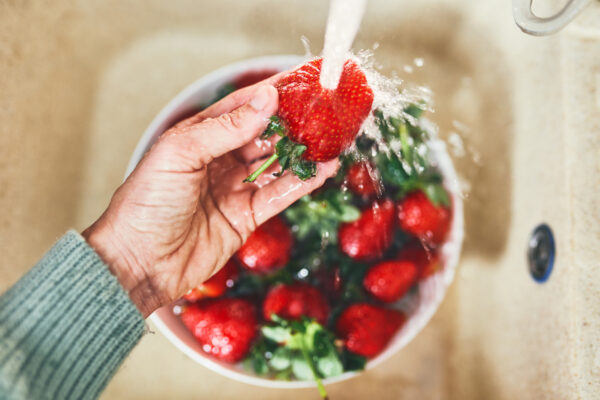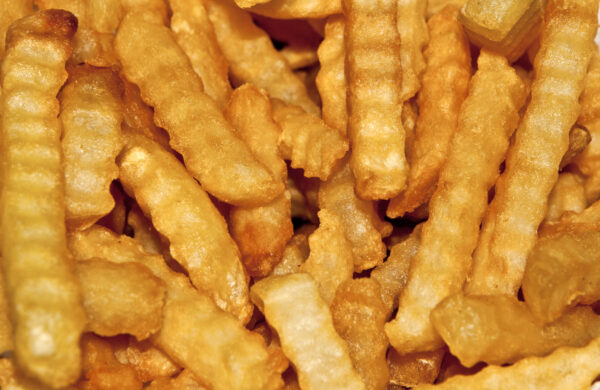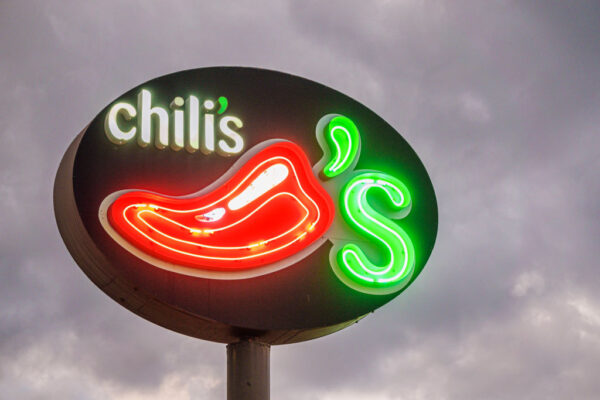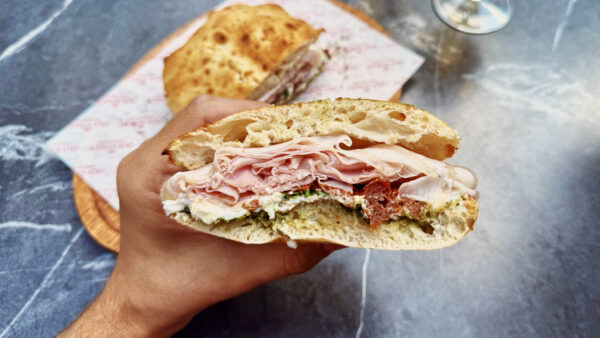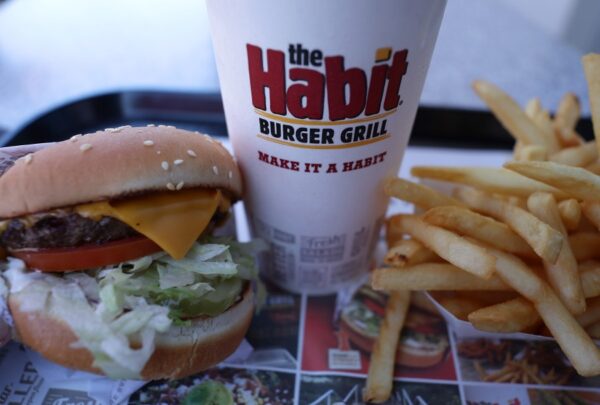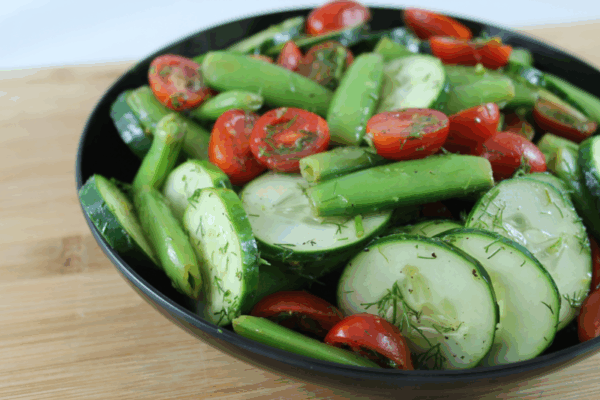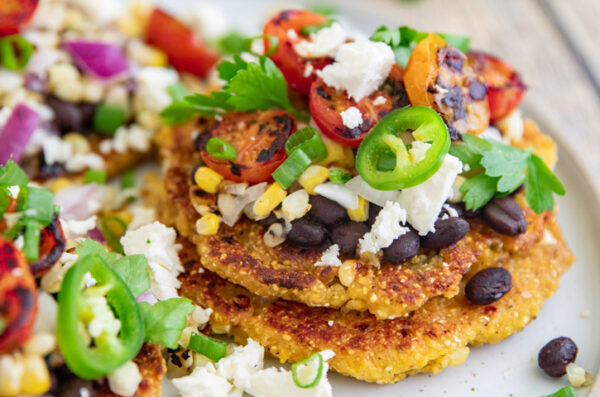The flavor of traditional pink bubblegum, while instantly recognizable, isn’t an easy one to pinpoint. Is it fruity? Spicy? A little minty, sometimes?
Or does it just taste like bubblegum?
What does bubblegum taste like?
Unlike other popular gum flavors (e.g. spearmint, cinnamon, tropical fruit, etc.), the label on a package of pink bubblegum rarely offers a clue to the flavors of bubblegum itself. In other countries, however, the flavor we call “bubblegum” is known by another name entirely — one which sheds a little light on the mystery.
“The pink one, outside of the U.S., is called ‘tutti frutti,’” said Cynthia Angelo, a senior food scientist at Givaudan, one of the world’s largest manufacturers of flavorings and fragrances for the food and cosmetics industries.
Tutti frutti — meaning “all fruits” in Italian — suggests that bubblegum’s flavor is based on a combination of fruits. But Angelo said fruit is just one of many possible components.
“Traditional bubblegum has a few parts to it,” Angelo told Nexstar. “It has a sweet part, a fruity part, spice and citrus. And if you take those different levers and move them different ways, you’ll get slightly different types of bubblegum. But it has those four components.”
Angelo declined to reveal which specific fruit, spice or citrus flavorings that Givaudan might utilize to create a client’s recipes, though she hinted that some common combinations may include vanillin (a flavor molecule which imparts vanilla flavor) or even cinnamon or clove.
Dr. Sean O’Keefe, a professor of food science at Virginia Tech, got more specific.
“It’s normally a mixture of pineapple or banana, cinnamon or cloves. Sometimes cherry or orange,” O’Keefe told Nexstar.
Why are the flavors so hard to identify?
The flavorists creating these combinations are also intentionally mixing the flavors in such a way that “they’re not slapping you in the face” with any one fruit or spice, O’Keefe said.
Angelo, meanwhile, said the major flavor houses — which develop these flavors or fragrances for clients — may even have a previously-developed “fruity” compound used as a go-to to impart a general fruitiness to a specific product.
“There are [some of the same] molecules in almost all fruits,” she said of the components used to create a fruity flavor compound. “That’s what that taste is coming from.”
As for how these flavors are captured, they can either be derived artificially or naturally — the latter meaning it came from a natural source, though not necessarily the one you most associate with the flavor. (The flavor of vanilla, for instance, can be derived from clove or straw, as discussed in the chemistry journal Molecules.) But these flavors are almost always imparted by way of an ester, or a chemical compound responsible for the aroma of a given fruit. The final recipes are sometimes supplemented by molecules derived from real fruit, and sometimes with fruit oils or juices, though it’s more expensive to rely solely on natural ingredients.
The flavor houses also won’t be revealing which natural or artificial ingredients they use to create their bubblegum anytime soon: Flavorists that develop these recipes for gum manufacturers are often contractually obligated to keep it a secret.
“Once a company picks a flavor, that is solely their flavor,” said Bob Huzinec, a retired R&D professional and Candy Hall of Famer with 45 years of experience in the gum industry. “That formula will not go anywhere else.”
In other words, the flavor of traditional pink bubblegum will be slightly different from brand to brand, but it always a bit fruity, a bit mysterious, and a bit of a well-kept industry secret.
Long story short: Bubblegum tastes just like pink bubblegum.
Related
Does rinsing your produce with water actually do anything?
You might not get sick from popping an unwashed grape in your mouth. But would it be significantly less risky if you rinsed it off?
Are hot dogs really that bad for you? Why you should avoid some franks, experts say
How unhealthy is it to gobble down a dog at cookouts, sporting events, or as part of a quick meal at home?
Which kind of french fries do people in your state prefer?
A new survey provides insight into a very, very important topic.
Does your local Chili’s participate in this upside-down ‘tradition’?
Depending on which Chili’s restaurant you visit, there’s a chance one of the walls is adorned with an especially screwy picture.
Trending
Yelp names ‘Top 100 Sandwich Shops’ in the US
Yelp’s analysts identified dozens of delis and loads of lunch counters with large volumes of five-star reviews.
Habit Burger & Grill named best fast food burger for second straight year
The chain’s signature Double Char beat out burgers from In-N-Out and Five Guys to earn the top spot.
Cool down this summer with a refreshing cucumber dill salad
It’s hot outside, so we’re staying cool with a summer cucumber dill salad.
Crispy corn cakes from ‘The Vermont Farm to Table Cookbook’
When you picture the cuisine of Vermont, images of corn cakes topped with black beans and jalapeno probably don’t come to mind. But after today, you might not be able to help yourself.
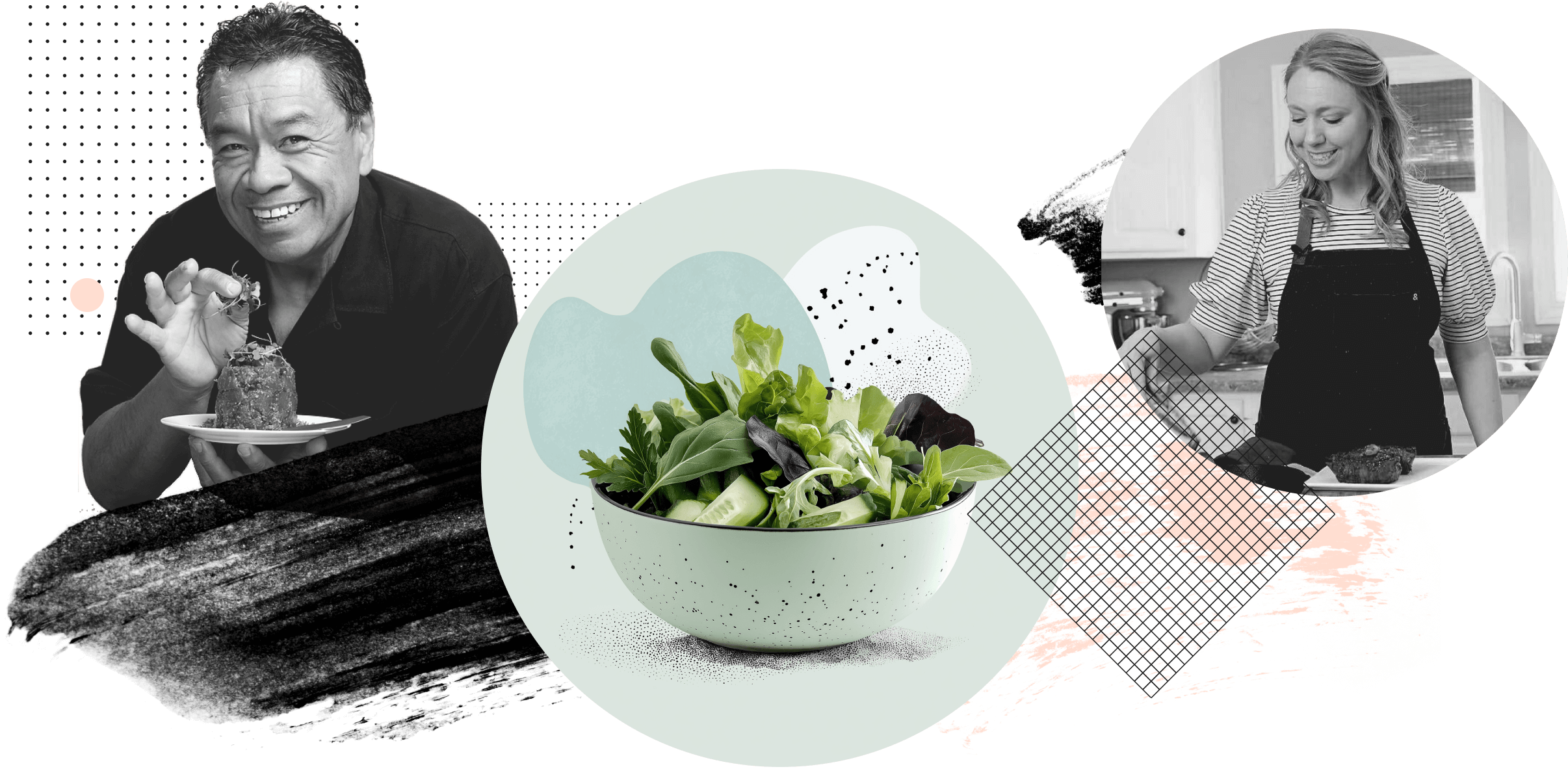
Are you a food creator?
Apply to join the SavorNation creator community to share your restaurant reviews, recipes, and cooking tips.

